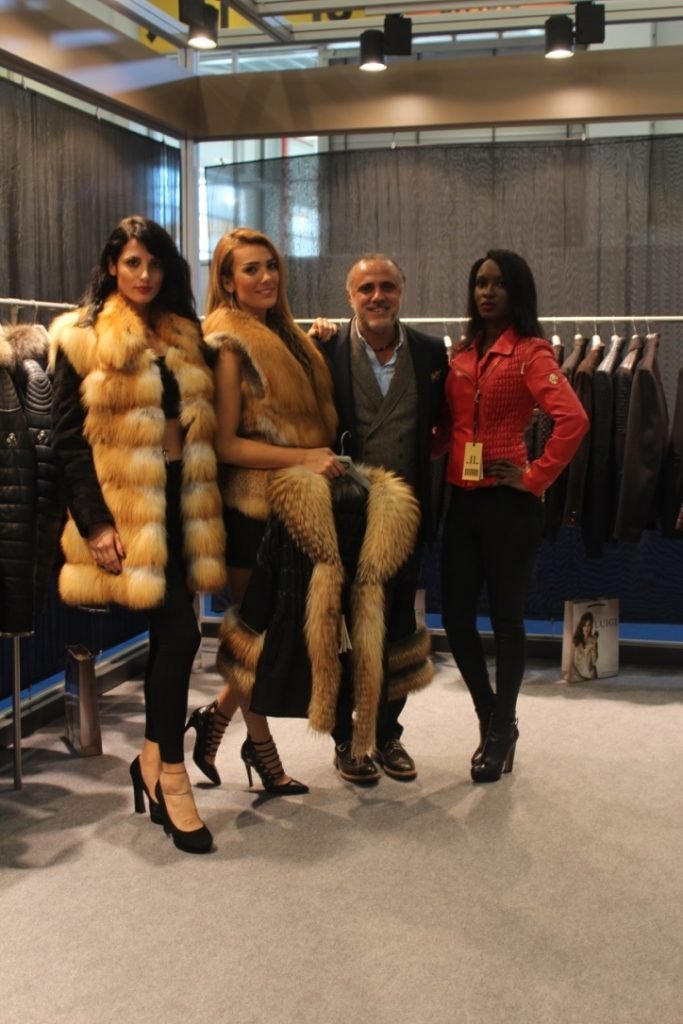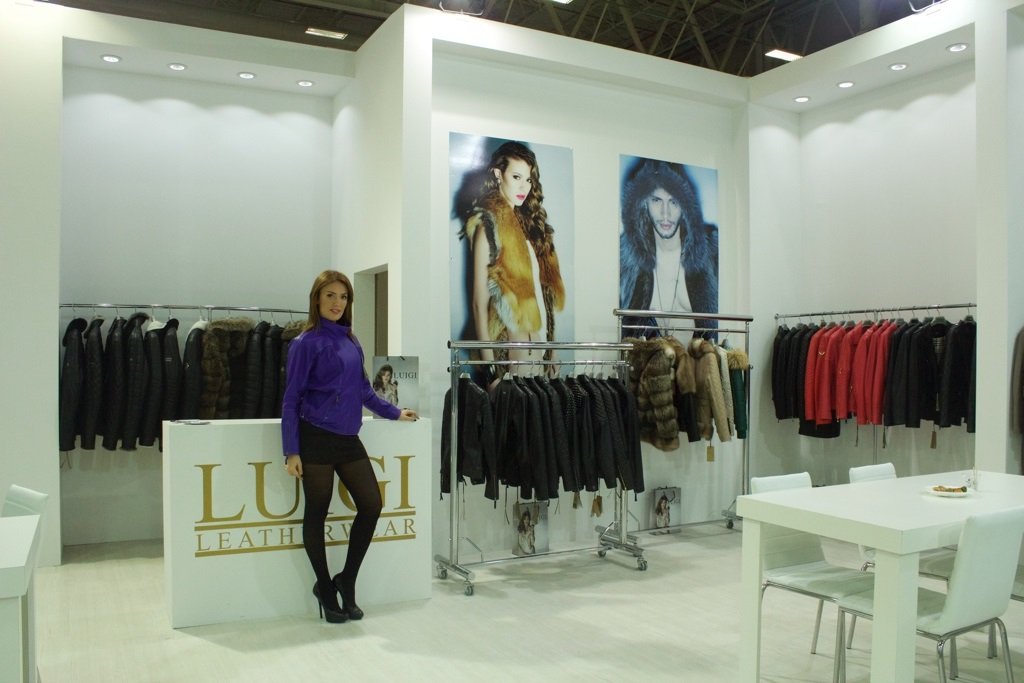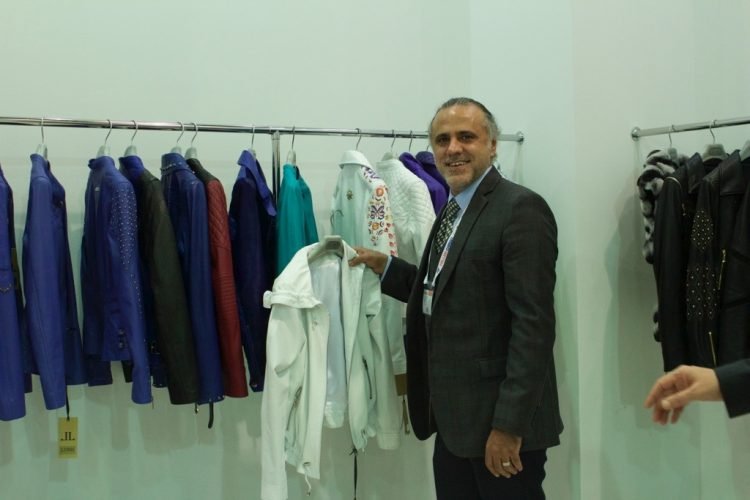The leather industry brings waste leather to the industry with the right cut, face and storage processes during the Eid al-Adha. The industry expects a contribution of approximately 60 million dollars from Eid al-Adha.

In Turkey, about 3 million animals are slaughtered every year on Eid al-Adha. The animal skins that become waste are brought to the leather industry with the right cut, face and storage processes. Industry representatives state that if the leather is not damaged, it will contribute an estimated 60 million dollars to the leather industry. Gürsel Deri Tekstil Chairman of the Board Musa Evin noted that 80 percent of the leathers used in the sector are imported leather, and said, “The leathers to be brought to the sector during the Sacrifice Festival will contribute to the economy.”
“Victim’s skin can be wasted”
Emphasizing that the skins of animals slaughtered during the Eid al-Adha must be used, Evin explained what was necessary to ensure that the skins were not wasted and said, “The person who slaughters the victim must be competent. If the leather is not cleaned properly, there may be holes or knife cuts on the leather. This lowers the value of the leather and even causes it to be wasted. Hiding is just as important as skinning. The skin needs to be salted so that it does not deteriorate. Otherwise, the skin will be damaged. Since 80% of the leather we use is imported, Eid-al-Adha is an opportunity for our industry. So far, we have not been able to take advantage of this opportunity, but hopefully we will solve this problem with a little care. If we do not bring the skins of the animals slaughtered during the Eid al-Adha to the industry, the skins will be wasted and the economy will not be able to contribute,” he said.
Evin said, “It is not enough for the organizations that collect the skins to collect the skins. A price must be given both when bidding and when selling. The leathers in our country are not enough for our industry. That’s why we have to import leathers. The skins cut during the Eid-al-Adha are wasted a lot. Last year, nearly 2 million animals were slaughtered in Turkey on Eid al-Adha. We think we will surpass that figure this year. If the skin is not damaged when these animals are slaughtered, they will contribute around 60 million dollars to the country’s economy. However, since its skin is damaged after being flayed, it contributes $25 million.”

“It covers 25 percent of Ukraine’s leather apparel exports”
Evin stated that the fact that Ukraine and Russia, which are among the countries to which the leather industry exports the most, affected the industry quite a lot, and said, “80% of our exports are made to Russia, Ukraine and countries that were previously affiliated with the Soviet Union. It covers almost 25 percent of Ukraine’s leather apparel exports. Unfortunately, the war between Ukraine and Russia affected us negatively. We have Turkish leather makers who are resident in Russia and Ukraine. The stores of most of the Turkish leather makers in Ukraine were destroyed. “Those who export to Russia and Ukraine should be given credit as much as they export,” he said.
“There is an increase in our exports to the USA and Canada”
Stating that the exports of the leather garment industry are made to certain countries, Evin stated that the Russia-Ukraine war led the industry to seek alternative markets and said, “It will be a cold country, it will love leather and the purchasing power in that country will be high. Very few countries have them all together. There is an increase in our exports to the USA and Canada. In addition, there are countries to which we export from Europe, especially Germany and France. However, there is an anti-propaganda against leather in the world. It is as if we are cruel to the animal and taking its skin. However, we take the skin of the slaughtered animal because its meat will be eaten, and in this way, we prevent waste. The leather industry is a recycling industry.”









